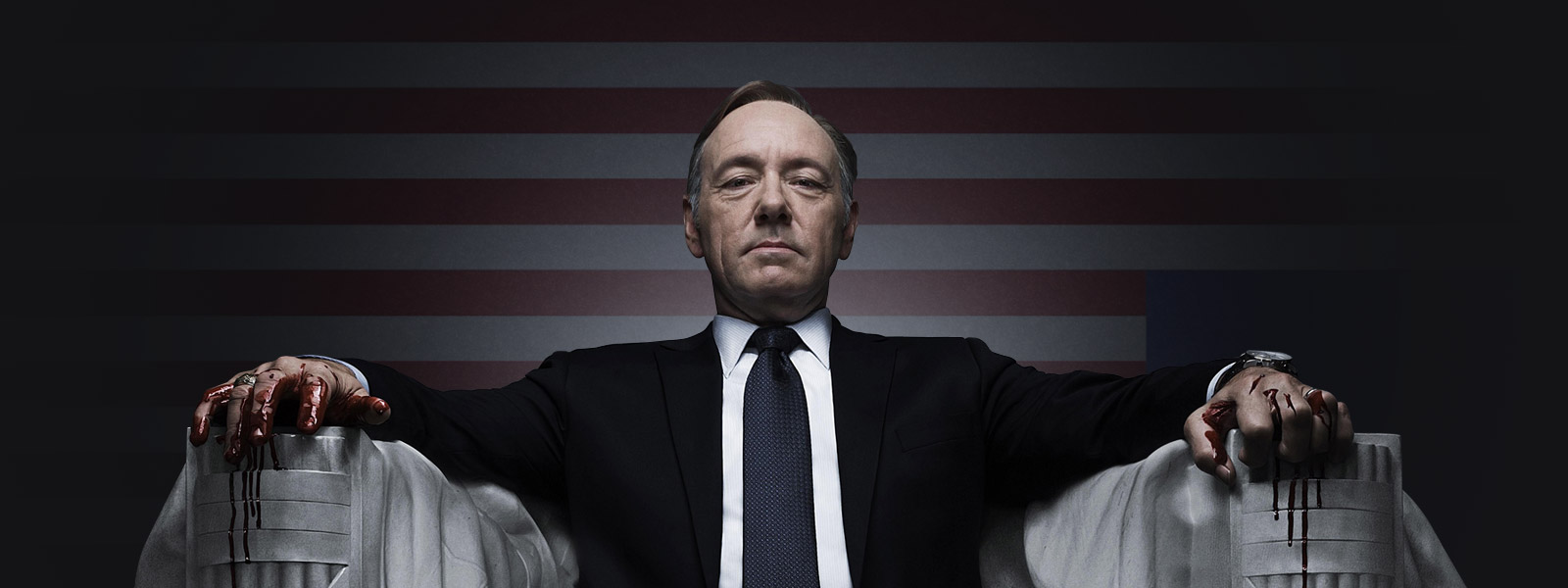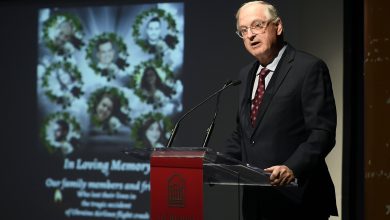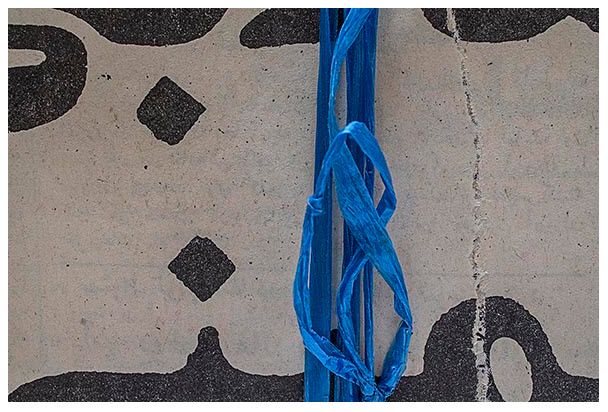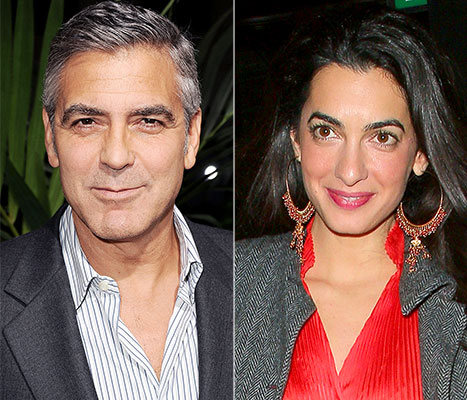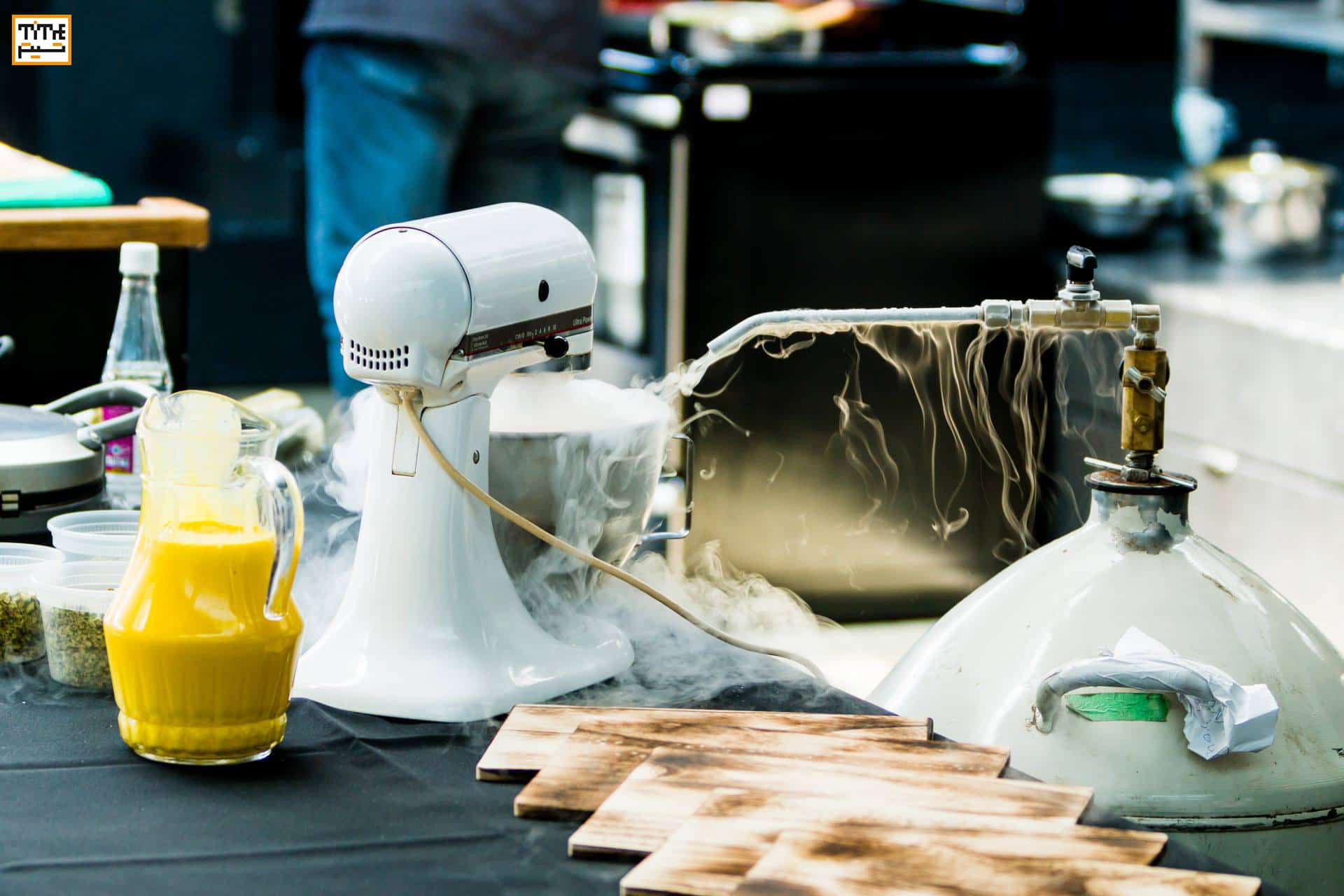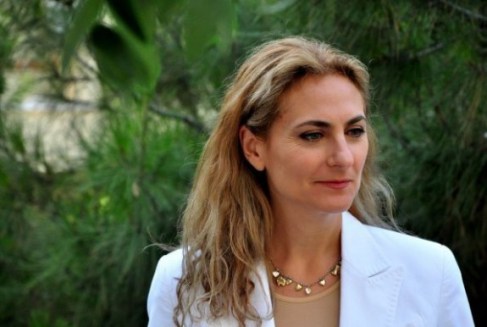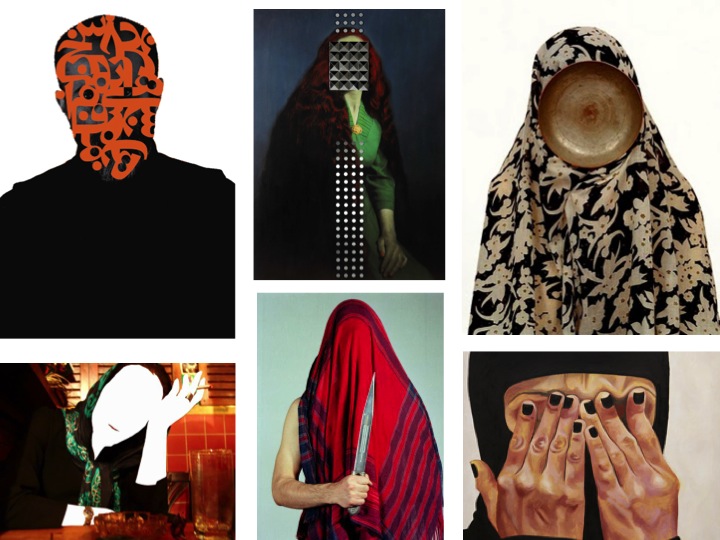
From: art Circle
By: Roshanak Keyghobadi | March 19, 2014
صورت من صورت تو نیست , لیک…
جمله توام , صورت من چون غطا
صورت و معنی تو شوم چون رسی
…محو شود صورت من در لقا
مولانا
Art historian Shearer West (2004) describes portraitures as “aesthetic objects,” with “pragmatic and symbolic function.” West also explains that: “self-portraiture by its very nature engages in some way with artistic identity, but how that identity is represented and perceived is heavily influenced by the status and gender of the artist at different periods in history.”[i]
Historically in Iranian miniature paintings humans have been depicted as ideal figures and portraitures were two-dimensional with minimal hints of chiaroscuro. In the Safavid era (1501–1736) Reza Abbasi created a new genre in painting by enlarging and depicting single characters, which were more realistic and with individuality; and Sadeqi Beg has apparently “painted thousands of marvelous portraits.”[ii]
According to Priscilla Soucek (2000): “as the popularity of portraiture grew, there appears to have been a parallel evolution in writing about it that explored the connection between an image’s external appearance and its inner significance…by the late sixteenth century the Safavid poet and painter Sadeqi Beg can claim that the outer form (sura) of his portraits had almost been able to portray a person’s (mani) or inner essence. He also claims that some paintings are so lifelike that all they lack is speech.”[iii]
In the Qajar era (1785–1925) when new European painting techniques and photographic imagery were introduced to Iranian artists they started to explore other ways of visual representation. Aydin Aghdashloo (2005) observes that in the Qajar period Iranian painting gradually distanced itself from the realm of spirituality and imagination and sought to depict the moments of mortal and worldly pleasure and focused more on the subject matter. Aghdashloo believes that: “technically Qajar paintings possess a magical and rich quality, intelligent composition, brilliant colors, innovative ornamentation, and skillful portrait painting (shamayel negari).”[iv]
In contemporary Iranian art practices portraiture has been a popular genre and photographs of Bahman Jalali (Image of the Imagination)[v], Maryam Zandi (The portraits)[vi] and Newsha Tavakiloian (Look)… read more


